Making beer at home is becoming more popular every year. More and more people can proudly call themselves home brewers, and they are taking the slightly more difficult, but more rewarding route than buying beer at the store. However, there are some aspects of brewing that can discourage you from brewing your first brew. One of these is stories of exploding bottles. Such incidents happen to beginner brewers as well as to those who have already brewed a dozen or so tens of beers. This problem may also apply to beers purchased in a store, but rather never to breweries owned by large concerns. Where do exploding bottles come from and how to prevent them? How to protect beer so that, when we suspect that a bottle may explode, we minimise the risk? Answers to these questions can be found below.
Where do these explosions come from?
Yeast mainly produces carbon dioxide (C02) and alcohol and explosions are always the result of too much CO2 in the bottle. This in turn can happen in several ways, and is almost always the brewer's fault.
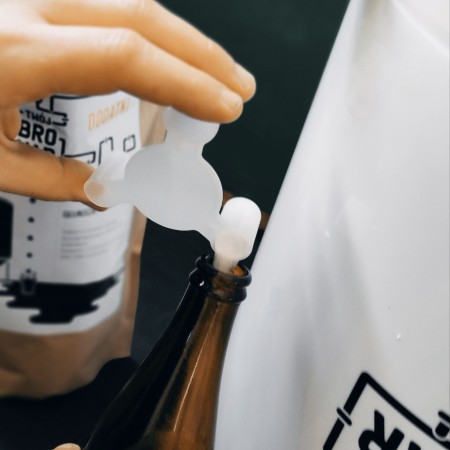 The most common cause of exploding bottles is bottling beer that has not yet completed fermentation, that is, when the amount of fermentable sugar that is food for the yeast is still too high.
The most common cause of exploding bottles is bottling beer that has not yet completed fermentation, that is, when the amount of fermentable sugar that is food for the yeast is still too high.
The moment when we add glucose or another fermenting substance to the bottle, i.e. another dose of yeast food, and then close the bottle is, so to speak, the end of the brewer's work on the beer. Of course, the amount of glucose should always be precisely measured so that the beer is carbonated but not over-carbonated. However, when we add glucose to unfermented beer and cap the bottle, the amount of food that the yeast will convert into alcohol and CO2 will be too high. The continuous production of carbon dioxide will lead to too much pressure and eventually the bottle will explode. Similarly, the same thing happens when the fermentation is finished but too much glucose is added to the bottle, for example.
Another reason may be an infection which we did not catch before bottling. If our beer is contaminated, the remaining sugar, even unfermented by the yeast inflicted on it, gets eaten up by bacteria or wild yeast. These, unfortunately for us, also produce CO2, which - just as with too much glucose - leads to the bottle exploding.
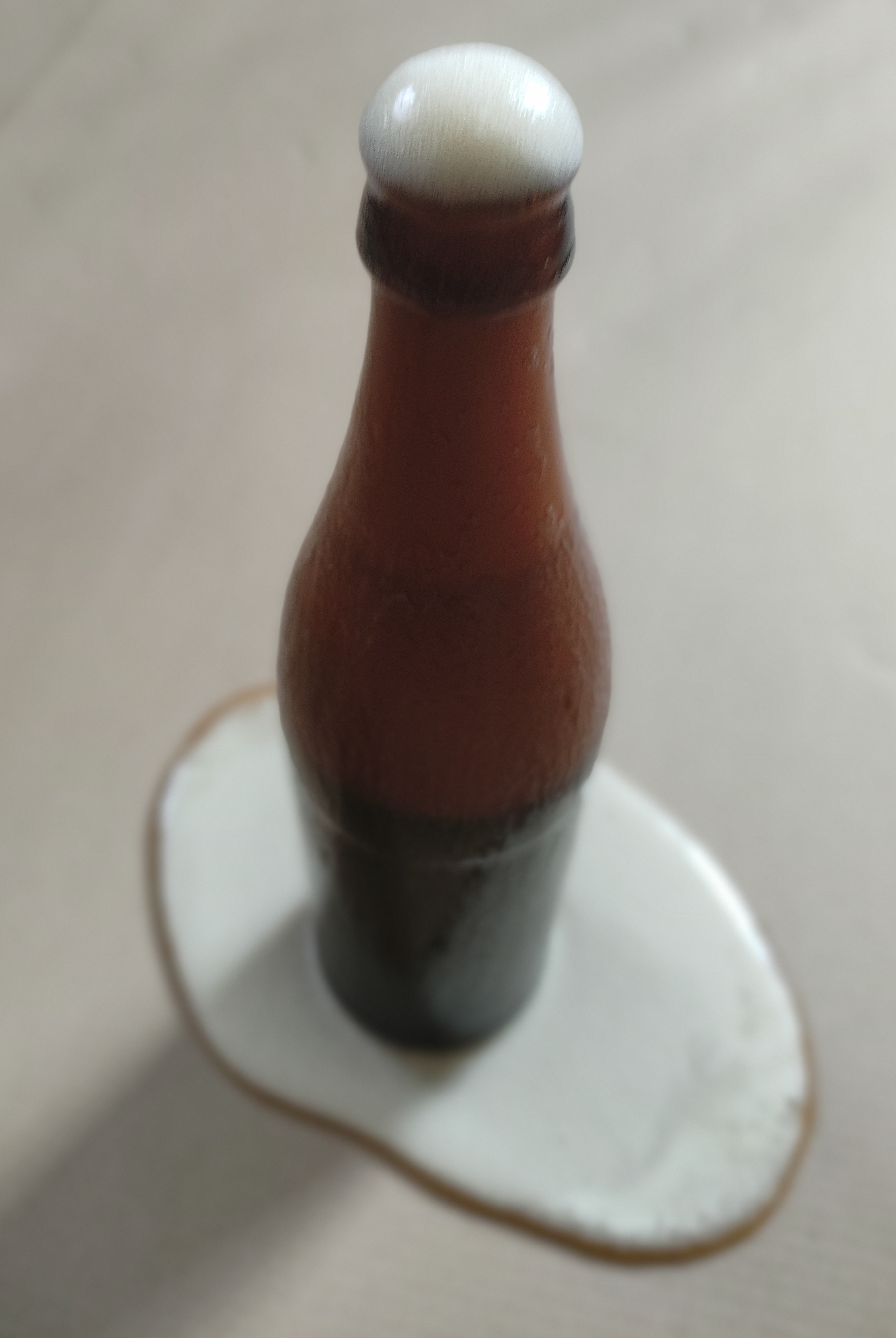 Also, beers can explode by drastic temperature changes. However, this is more often the case with bottom-fermented beers. We should remember that both fermentation and storage of lagers should take place at low temperatures. When we move the beer to a place where the ambient temperature is higher than recommended for storage (for example corresponding to the fermentation temperature of Ale beers), the yeast slowed down by the cold gets additional power so it can finish off the sugar which should normally add flavour to beer. It is worth mentioning at this point that "gushing", i.e. intense foaming of the beer from the bottle after opening it, can also be minimized by cooling the beer.
Also, beers can explode by drastic temperature changes. However, this is more often the case with bottom-fermented beers. We should remember that both fermentation and storage of lagers should take place at low temperatures. When we move the beer to a place where the ambient temperature is higher than recommended for storage (for example corresponding to the fermentation temperature of Ale beers), the yeast slowed down by the cold gets additional power so it can finish off the sugar which should normally add flavour to beer. It is worth mentioning at this point that "gushing", i.e. intense foaming of the beer from the bottle after opening it, can also be minimized by cooling the beer.
In the case when only individual bottles burst out of the whole brew, the bottle itself may be to blame; its structure has been damaged by, for example, a fall or the previously mentioned infection which may affect just those few bottles (e.g. by not washing them).
Another reason for the explosion of individual bottles can be a poorly mixed fermenting raw material used for refermentation. What's the issue. If you add a fermenting ingredient such as glucose to a fermenter in which you have separated the beer from the yeast (just before bottling), the whole thing needs to be mixed thoroughly. If we don't do this, the sugar in our liquid will distribute unevenly, and as a result - in one bottle there will be more of it, and these may explode, and in the other there will be too little of it, making these bottles undercarbonated.
In contrast, a little known fact is that some strains of brewer's yeast contain the STA1 gene within them. This is a gene whose presence can make a bottle go off even in a brewer with a great deal of experience.
The presence of the STA1 gene causes the yeast to secrete glucoamylase, an enzyme that can break down complex sugars into simple sugars, which is what the yeast can feed on. However, this process takes many months, so you should not be particularly worried about it. In addition, temperature affects its faster work, so if you know that you've used yeast containing the STA1 gene in one of your brews, quickly put the bottles in a cool place. As for the yeast available in our store - the information about the content of this gene in particular packages has been placed on the website in the product description.
How to store beers?
It is quite important to store beers rather at low temperatures. This usually has a beneficial effect on its taste - at low temperatures, oxidation of beer, which in most cases negatively affects our beverage, is slower. Additionally, the previously mentioned grushing has a much smaller effect. Yeast is "hibernated" in the cold so it doesn't eat up the remaining sugar (which can last for many months), the excess of which could eventually burst the bottle.
Of course this does not apply to refermentation which should take place at a temperature similar to that of fermentation.
Moreover, finished beer should be kept in appropriate crates additionally covered with a blanket, for example. At this point, even if the bottle explodes, all the glass particles should stay inside the crate and on the blanket.
In addition, it should be remembered that exploding bottles are rather rare, even taking into account the STA1 gene mentioned above, so we should not completely give up our passion, but pay more attention to the aspects mentioned above.
How to prevent explosions?
You should first of all pay attention to whether the fermentation is over. A good way to do this is to measure the BLG level two days before the planned bottling and measure it again on the day of bottling. If the reading of the two measurements is the same, you can bottle your beer. Additionally, make sure that the amount of refermenting material is not too high and that it is evenly distributed throughout the beer. Depending on the beer style, when bottling we add glucose/sugar from 5g to 8g/l - the upper value refers to highly carbonated styles e.g. grodziskie, wheat beer.
Take care of sterility, both of bottles and equipment which will come into contact with beer, this will help avoid infections.
Of course you should also pay attention to the content of the STA1 gene in yeast, but you shouldn't worry about it if you don't plan on storing your beer for many months.
Exploding bottles are one of the most dangerous things a home brewer can experience. The ways mentioned above are designed to help you avoid them. Keep in mind, however, that this is rare, if not the exception, and almost always the brewer can influence such a risk to be minimized even to zero.
Used photos:
https://pixabay.com/pl/photos/rozbite-szk%c5%82o-szk%c5%82o-z%c5%82amane-butelka-920231/






















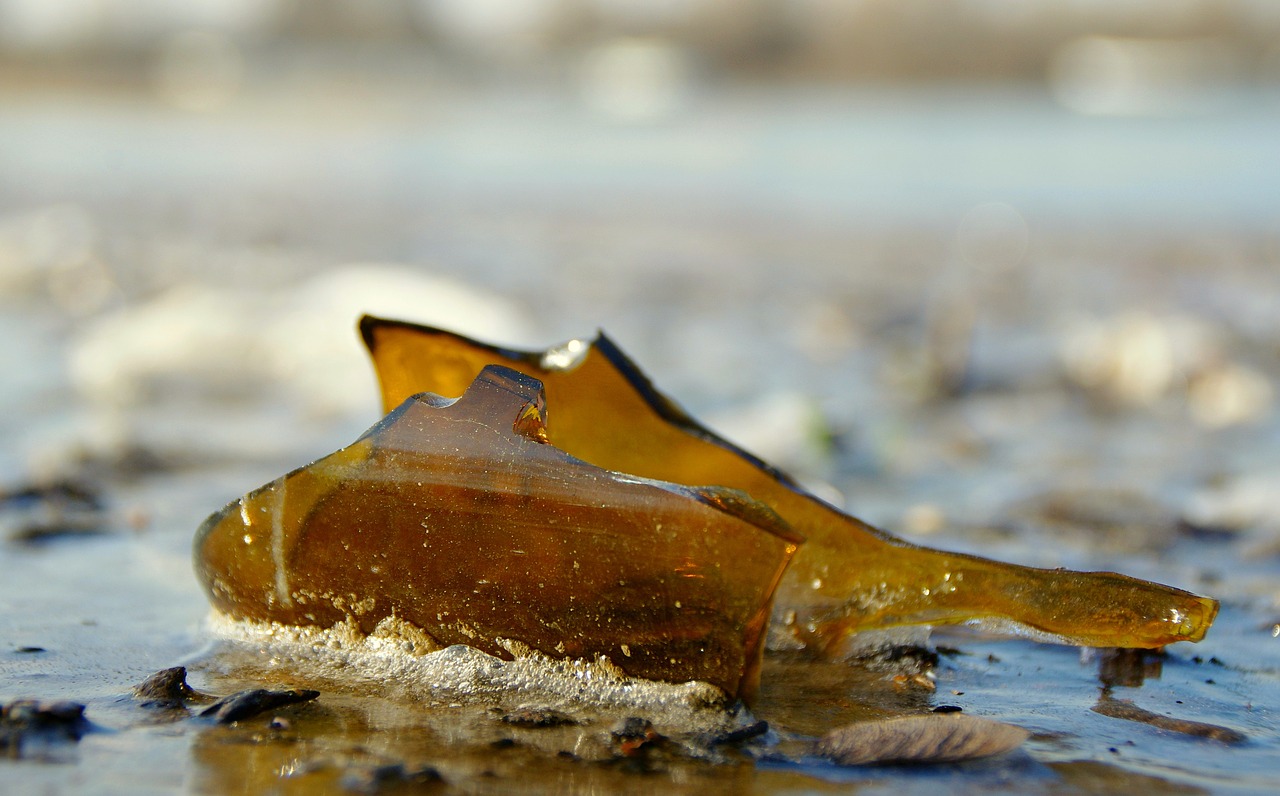
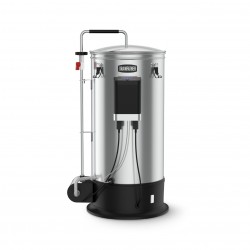

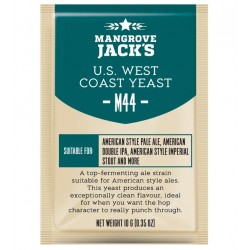
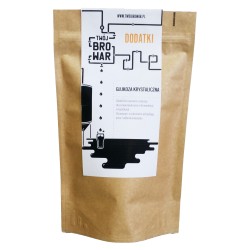
Dodaj komentarz
0 komentarze